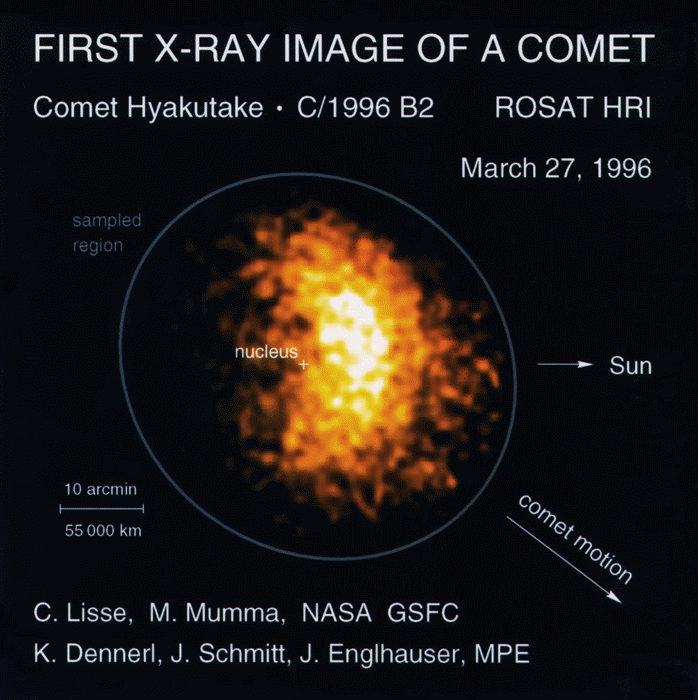Fifteen years ago today — October 20, 1995 — the Space Shuttle Columbia launched from the Kennedy Space Center, carrying seven astronauts and the United States Microgravity Laboratory on its second mission.

(Close-up view of solid rocket booster and main engines during STS-73 launch. NASA image.)
The launch was scrubbed six times before STS-73 got off the ground. Once in orbit, astronauts Kenneth D. Bowersox, Kent V. Rominger, Kathryn C. Thornton, Catherine G. Coleman, Michael E. Lopez-Alegria, Fred W. Leslie, and Albert Sacco, Jr., spent over two weeks* performing a variety of experiments in fluid physics, materials science and processing, biotechnology, and combustion.
___
*Mission duration: 15 days, 21 hours, 52 minutes and change.

















